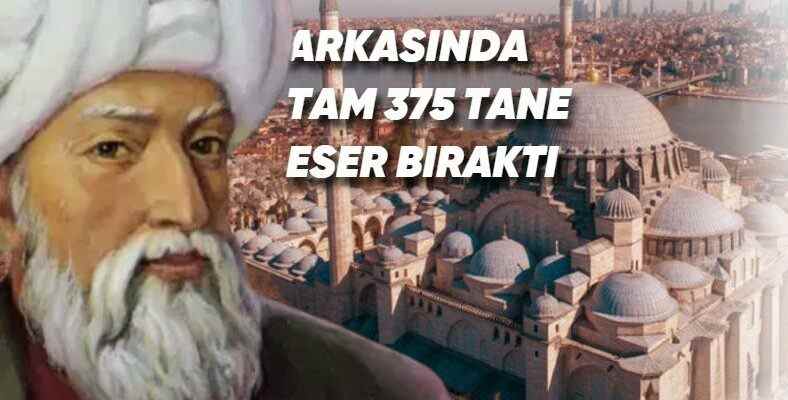Mimar Sinan, who started his life as one of the first Anatolian devshirme in the Ottoman period and completed his life as one of the most important names of the empire, gave the most precious examples of Turkish architecture with hundreds of works he made. Let’s take a closer look at who Sinan the Architect is and see the important works he made in his life full of success.
The Ottoman Empire is a powerful empire that has ruled all over the world for hundreds of years, for better or for worse. This magnificent power did not come only from military success, the Ottoman Empire was also one of the pioneers of the period in many different subjects. One of these pioneers is Mimar Sinan. Mimar Sinan, together with the Ottoman expeditions He traveled all over the known world, both seeing those places and leaving important works there.
Mimar Sinan lived a long life and he did justice to this life. Sinan, who is known for his modest nature who does not fall into arrogance even for a moment, and who has never lost his character despite being given the title of Koca Sinan, not only created beautiful works, but also carried out many street works, considering the welfare of the people. Bride Who is Mimar Sinan? let’s take a closer look Let’s see the important works that he has done in his life full of success and success.
Who is Mimar Sinan? From the first Anatolian devshirme:
You know the devshirme system that was used in the Ottoman Empire for many years. Non-Muslim children living in the Rumeli region were taken from their families at a young age, brought up and brought to important duties. During the reign of Yavuz Sultan Selim, it was decided to implement this system in Anatolia. In the early days of the devshirme system, one of those recruited was a boy named Sinan.
Sinan is a child born and living in Kayseri in 1488 or 1490. Also known as Sinaneddin Yusuf or Sinan, son of Abdulmennan. Sinan’s origins are not known exactly. It is said that Sinan, who lives in the Ağırnas district of Kayseri, could be Greek, Armenian or Christian Turkish. Whoever he is, things change a lot for him when he comes to Istanbul.
Young Janissary Sinan:
Sinan, who came to Istanbul in 1511 during the reign of Yavuz Sultan Selim, was taken to the Janissary Corps among the novice boys. The Yavuz period is one of the fastest periods of the Ottoman Empire, the soldiers do not stay in the barracks. Janissary Sinan first participated in the Battle of Çaldıran in 1514 and then in the Egyptian campaign in 1517.
Sinan, who participated in the Belgrade expedition in 1521 and the Rhodes expedition in 1522 after Suleiman the Magnificent came to the throne, For his achievements in the Battle of Mohacs The Novice Boys were promoted as Yayabaşı, that is, the company commander.
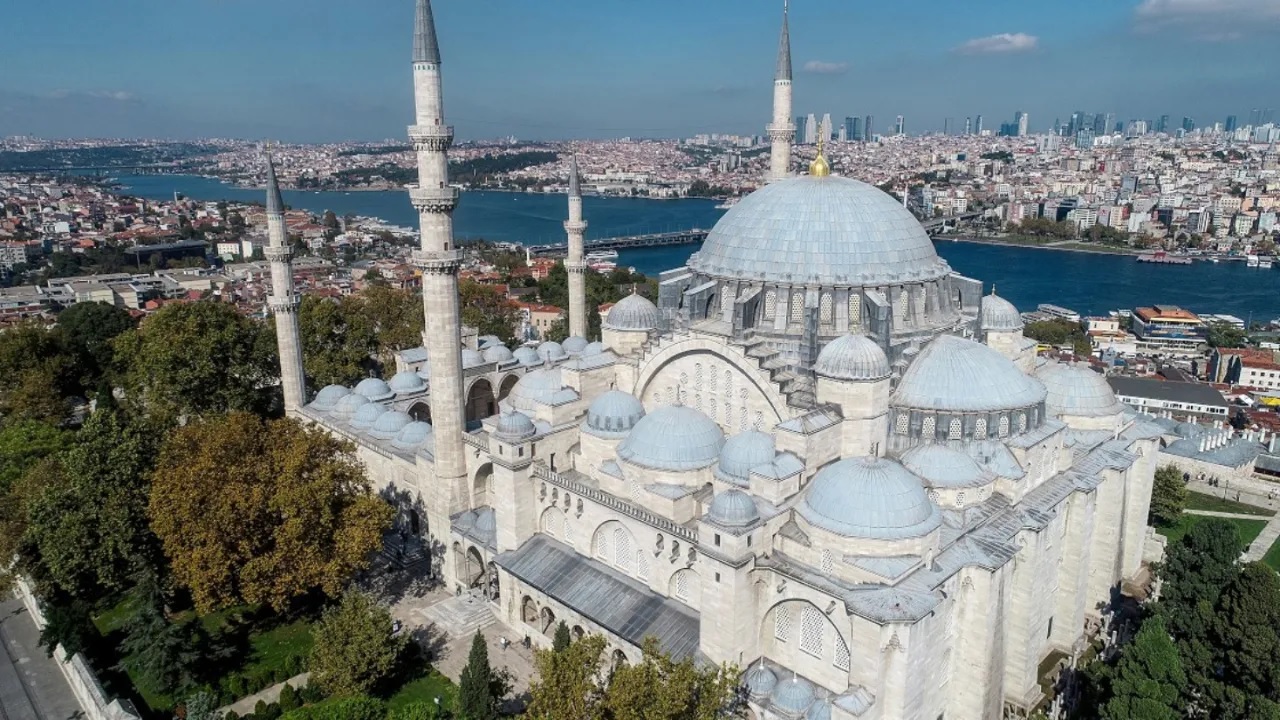
Van Lake is crossed, Sinan becomes chief architect:
Sinan was always Mimar Sinan. Because in the army not only the soldiers who will fight, There is also a need for people who will provide the logistics of this army. This need arose in a vital way in 1533. There was a Persian expedition and the army had to cross the Van Lake. Sinan built three galleys in a short period of two weeks and enabled the army to cross. This success earned him the title of Haseki.
Haseki Mimar Sinan participated in the Corfu and Pulya expeditions in 1537 and the Moldova expedition in 1538. During the Karaboğdan expedition, Sinan’s fate changed. When the Prut River had to be crossed, Mimar Sinan built a bridge that would allow a huge army to cross in an incredibly short time like ten days. This success earned him the title of Chief Architect at the age of 49 and paved the way for the palace.
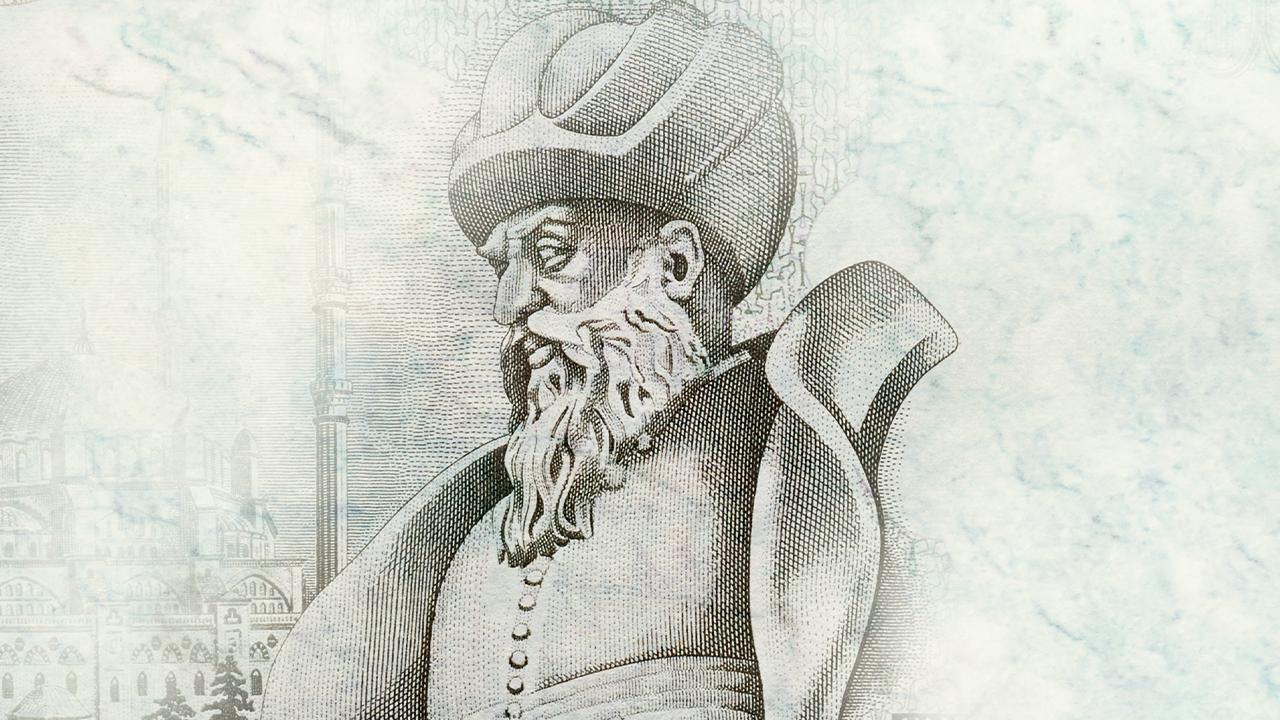
Chief Architect Sinan rewrites Turkish architecture:
Mimar Sinan became the chief architect in 1538, but he had produced many important architectural works before. Among these, the Hüsreviye Complex he built in Aleppo, the Çoban Mustafa Complex he built in Gebze and the Haseki Complex built by Hürrem Sultan in Istanbul are extremely important. Fine touches to the complex in Aleppo, By making it similar to the structures in Iznik and Bursa, the Ottoman style was made manifest in different points of the state.
The three works he signed after he became the chief architect are extremely important in terms of showing his development in the art of architecture. which is one of them Şehzadebaşı Mosque and its surrounding complex, Not only did it have a unique style, it also set an example for the mosques built afterwards. This mosque has four semi-domes, with a central dome in the middle.
Mimar Sinan said that the Süleymaniye Mosque, which was built between 1550 and 1557 and which we all admire even today, is a work of journeyman. What he calls my masterpiece Mimar Sinan was 86 years old when the Selimiye Mosque in Edirne, which was considered a true masterpiece by the authorities and the authorities, was built.
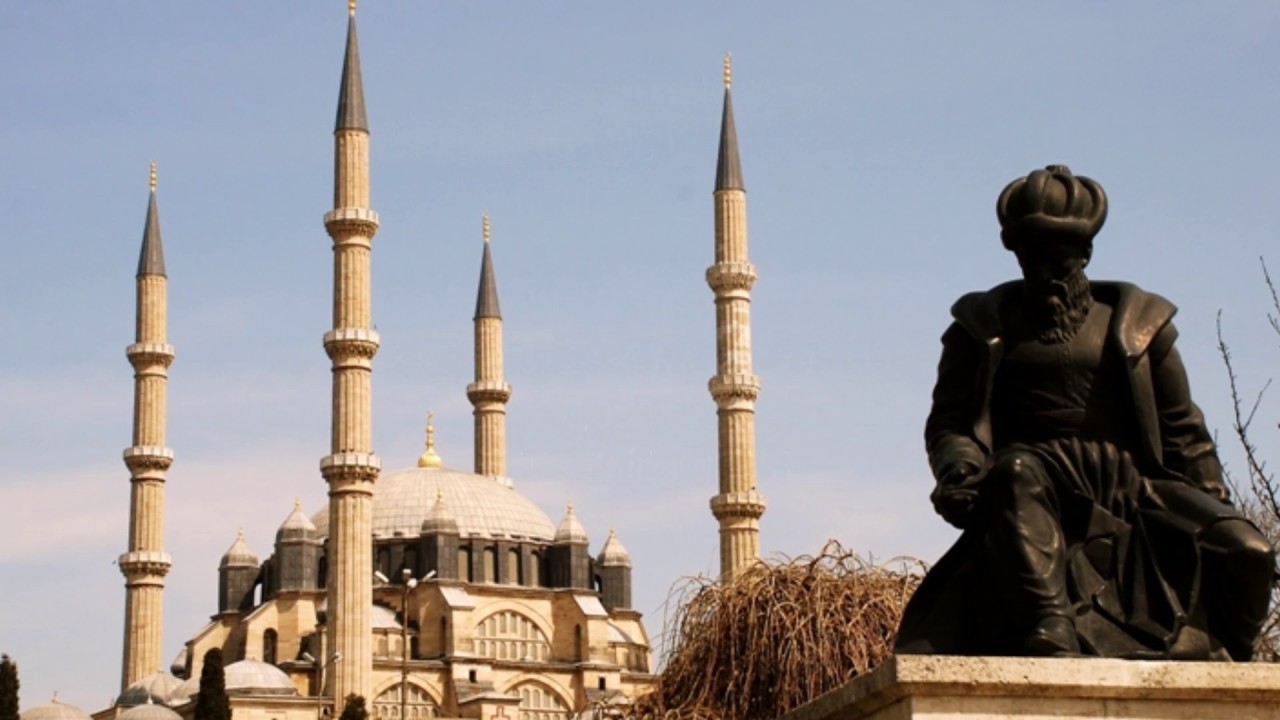
Sinan: A worthless and needy servant
We all know Mimar Sinan with these great works, but he was not someone who wanted to write his name in history with golden letters. Its greatest and perhaps only purpose, to increase the welfare of the people living in the region and to make Istanbul both safe and beautiful. From the seal engraved on the Büyükçekmece Bridge, we understand how humble Mimar Sinan was;
Hassa, Architect of El-Fakiru l-Hakir Ser
Worthless and Needy Servant, Head of Palace Private Architects
Mimar Sinan, during his tenure as chief architect Tried to eliminate the fire hazard due to the narrow streets of Istanbul, He made the city’s pavements suitable for the public, worked on the width of the streets, worked to ensure that the sewers were suitable for human health, and perhaps most importantly, he did his best to keep Istanbul from deteriorating.
It was Mimar Sinan’s greatest wish for Hagia Sophia to survive for many more years. Therefore, the structure He repaired the dome and built fortified walls. Mimar Sinan, who did not want Istanbul, which has hosted thousands of years of culture, to be polluted with new buildings, had many shops and houses demolished around important monuments such as the Zeyrek Mosque and Rumeli Fortress. Sinan’s was a true love.
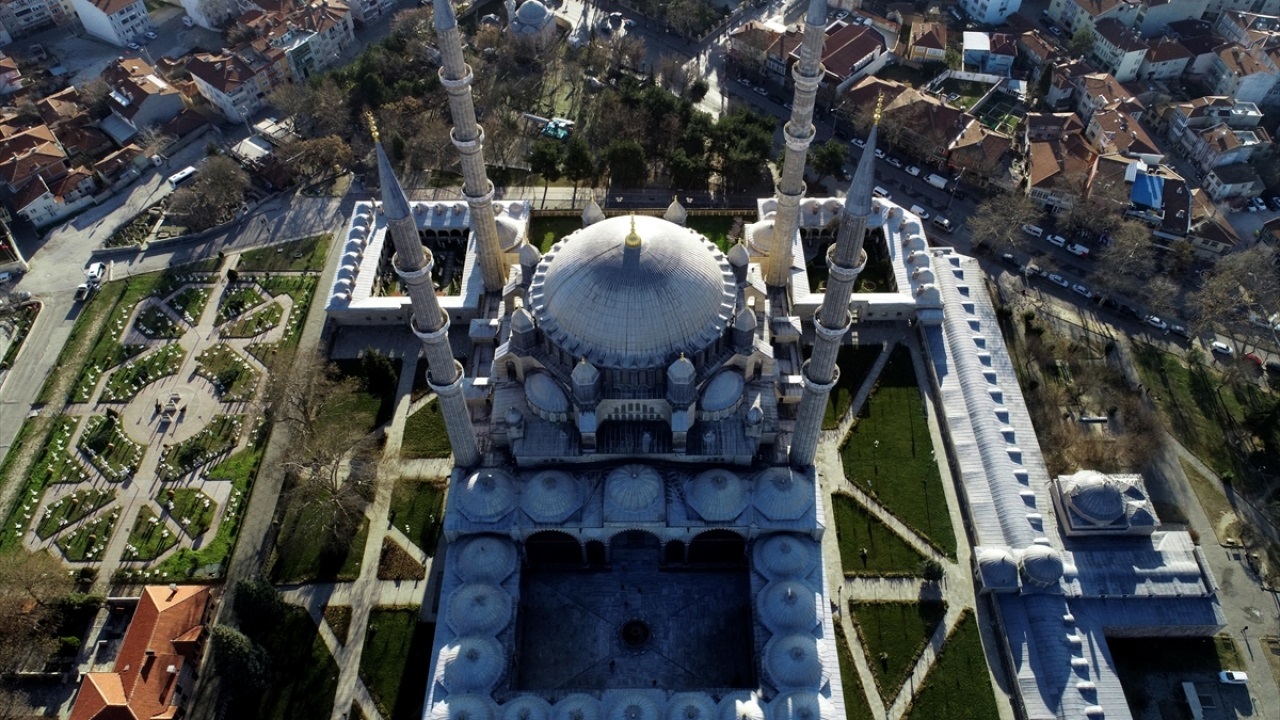
Koca Sinan was buried in the tomb he built with his own hands:
Born in a small village in Kayseri, Sinan was given to him by Suleiman the Magnificent. He died in 1588 with the nickname Koca Sinan. Suleiman the Magnificent, II. Selim III. When Sinan, who had served as the chief architect during the Murat period, died, he was buried in a very simple mausoleum that he built next to the Süleymaniye Mosque.
When Mimar Sinan died, there were 81 mosques, 55 madrasas, 51 mosques, 48 baths, 36 palaces, 20 caravanserais, 17 tombs, 17 almshouses, 8 cellars. 8 bridges, 5 waterways, 3 hospitals He left a total of 375 works. Selimiye Mosque, which he himself calls his masterpiece, is on the World Cultural Heritage list. Some of his most famous works are:
- Suleymaniye Mosque
- Haseki Complex
- Haseki Mosque
- Selimiye Mosque
- Old Valide Mosque
- Mihrimah Sultan Complex
- Mihrimah Sultan Mosque
- Sehzade Mosque
- Cihangir Mosque
- Shah Sultan Mosque
- Rustem Pasha Mosque
- Sokollu Mehmed Pasha Complex
- Sokollu Mehmed Pasha Bridge
- Kilic Ali Pasha Mosque
- Gazi Ahmet Pasha Mosque
One of the most important architects not only of the Ottoman Empire, but also of Turkish and world history. Who is Mimar Sinan? We talked about the life and works of this important figure by answering the question. You can share your thoughts about Mimar Sinan and his works in the comments.
If you’d like to read the reasons why Mimar Sinan’s works are so solid:
RELATED NEWS
